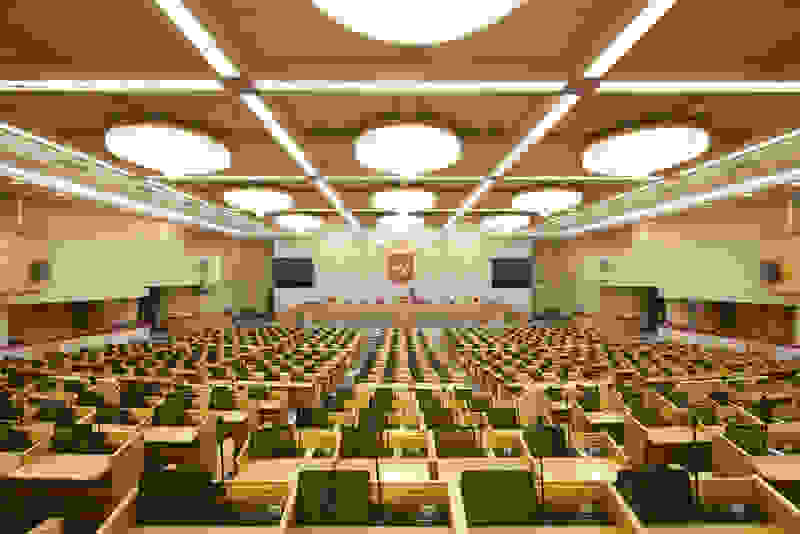News / Are UK elections under threat? A conversation with the chair of the Electoral Commission, John Pullinger - Parliament Matters podcast, Episode 123
With the Government investigating allegations of foreign influence in British politics, we are joined by John Pullinger, Chair of the Electoral Commission, to take stock of the health and resilience of the UK’s electoral system. Our discussion ranges widely over the pressures facing elections and campaigning today, and what issues Parliament may need to grapple with in a future elections bill.
















